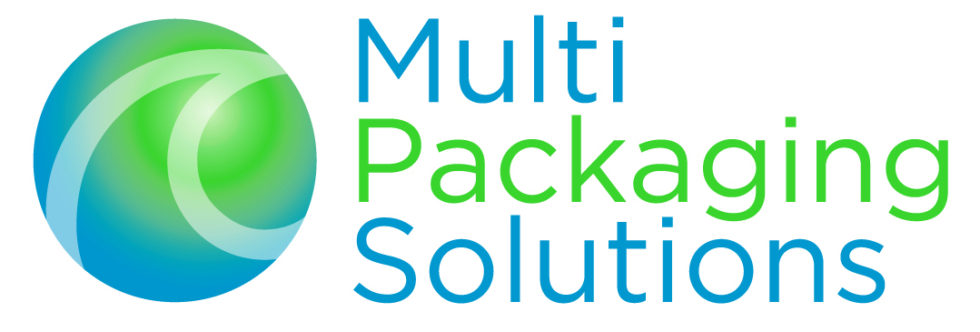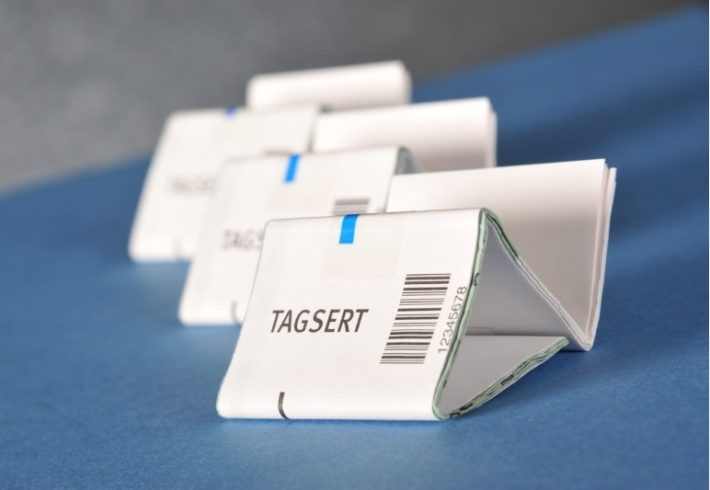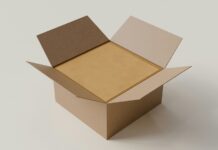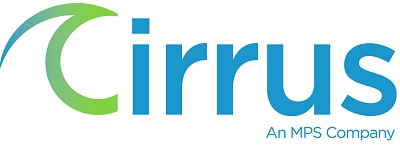By Bob Houghton, Head of Marketing & Communications – Europe & Asia, at Multi Packaging Solutions.
Over the past decade, the amount of information required to support many healthcare products has dramatically increased due to legislation, and consumer and retail demand. This has had several major repercussions that have led to several innovative packaging formats which offer space-saving solutions.

Patient information leaflets are now found in nearly all ethical pharmaceuticals and a growing proportion of OTC medicines. This trend has been driven by EU legislation which curtailed the practice of dispensing OTC tablets / medicines in a labelled container. This has led to a growing need for supporting leaflets as dose sizes reduce and the size of the carton (i.e. area of printed information) also decreases.
At the same time, there has been a dramatic increase in the average size of patient information leaflets. The surface area of a leaflet, destined for several markets, will often reflect the most detailed legislation requirements for a particular country. Legislation has also governed the minimum font size used to ensure it is readable, thereby aiding understanding. The size of a leaflet, given these guidelines, is dictated by the number of times it can be intricately folded. This has meant that some of the leaflets accompanying healthcare products have become increasingly bulky with minimum type size and awkward multiple folds.

In response, a number of innovative space-saving solutions have been developed. Leaflet formats such as outserts, tagserts and wrapserts, which can be produced using complex folds, have provided much-needed space. Larger leaflets or even multiple leaflets, covering different information requirements, can also be joined together by ‘friendly’ adhesive or banded together for ease of packing. This allows different types of information, even for different audiences, such as the doctor and patient, to be banded together. Two or three folded leaflets can be joined, back to back, in this way.
It has also been possible to insert these leaflet formats into the product’s outer carton, which improves packing line efficiency whilst reducing inventory / SKUs. Leaflet-cartons also provide assurance the correct leaflet is combined with the right carton and the format requires no additional capital spend. It is also possible to add a fifth panel to the carton which can be detached using a perforated tear-strip and retained by the pharmacist. An increase in perfecting units on print presses – although still very specialised – has allowed the inner part of a carton to be printed as well as the outer surface. This again provides more space for patient information and, combined with clever constructional designs, easy access to it.
Other solutions include high-quality mini-booklets that are available in a variety of styles: saddle stitched, perfect bound and spine glued. Booklets are a viable alternative to folded leaflets when detailed information is required in a reader-friendly format. Booklets can be small and the size of credit-card is typical with up to 150 pages, but can be produced down to a scale of 35mm x 50mm x 2.5mm. Printed in an unlimited range of colours, they can incorporate labels for accurate date identification or perforated promotional coupons. The personal care sector is also a large user of high quality booklets, which supplement information found on exterior packaging. Here sachets used to contain samples of face-cream, shampoos etc can be fixed to cards to provide extra product information or promotion details.
Another alternative is a ‘wallet card’, which is commonly used to pack pharmaceutical samples in the United States. The wallet pack’s design demonstrates the ability to combine several packaging formats in a single pack. A blister card is an integral part of the pack whilst a leaflet or insert is securely attached to the wallet card. This provides packing-line efficiencies and avoids any potential costly re-work on lines where the leaflet is inserted manually. Furthermore, it prevents a pack being sent without the required information.
Samples distributed in wallet cards allow patients to begin their medication immediately. The wallet card provides plenty of space for patient information which helps to encourage compliance. Security features can also be combined including both overt and covert technologies. As well as inserts/leaflets, it is also possible to add business reply cards or an informational booklet.
The label sector too has developed many space-saving options. Leaflet-labels or extended labels, which use the same space on the product as a conventional label, are nothing new. However, there have been a number of new developments which extend the use of this format. It is possible now to obtain labels with five print surfaces. These labels cleverly combine three pieces, or plies, of material together to provide additional space for more detailed product information. Labels can be produced in a range of shapes, and special inks and varnishes can be applied if required. Booklet-labels offer even greater flexibility – up to 96 pages, which covers the information requirements of even the most demanding and complex products.
The role of packaging cannot be overplayed. It is the first point of communication with the patient and it is imperative that it clearly communicates to the patient in a way that is easily understood – what the item is, what it’s used for, how to use it and so on. A well-designed pack conveys information clearly and in a format that is easily understood.






















